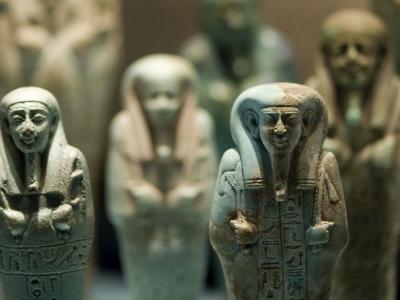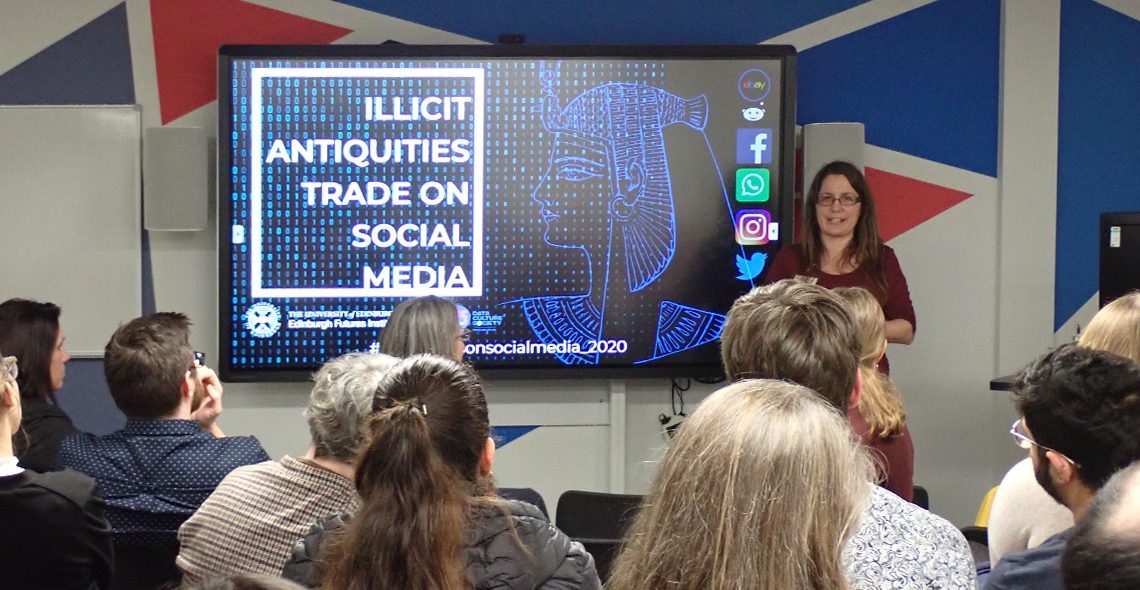
Postdoctoral Fellow Dr Zsuzsanna Végh, in collaboration with Dr Michaela Reinfeld, organised a workshop on January 24th 2020 on the trade in illicit antiquities across social media. The workshop was supported by IASH's Susan Manning Workshop Fund.
The looting and destruction of archaeological sites and museums has gained considerable public attention in recent years. Contrary to popular belief, the majority of looted artefacts are sold not on the dark web but on public websites like eBay, or via social media platforms such as Facebook, Instagram or WhatsApp. These platforms are also ideal for private collectors to display their collections and who often share their legal or illegal acquisition histories. The posts advertising/displaying antiquities are written in different languages, often using abbreviations, slang and unusual/incorrect object descriptions. Many exchanges appear only in closed groups and every year new platforms arise. These factors altogether make it extremely difficult to find and collect the relevant data.
On January 24, 2020 the workshop “Illicit Antiquities Trade on Social Media”, funded by the Edinburgh Centre for Data, Culture and Society, together with the Institute for Advanced Studies in the Humanities and the Edinburgh Futures Institute took place in the Digital Scholarship Centre of the Main Library of the University of Edinburgh to tackle these questions. The workshop was organized by Zsuzsanna Végh, currently a postdoctoral fellow at the University of Edinburgh. The aim of the workshop was to bring together archaeologists, criminologists and representatives of law enforcement, to discuss the social context of antiquity trafficking, the tools they use for finding and analysing data on trafficking effectively, and the various methods for keeping pace with the ever-changing platforms. The four sessions of the workshop dealt with the problem of illegal trafficking in antiquities in social networks, and the role of non-governmental and governmental organisations, such as research institutions and law enforcement agencies, in protecting cultural heritage.
A full report from the workshop can be found here.
The image of Egyptian shabtis is by Rob Koopman, available on a CC BY-SA 2.0 licence.

